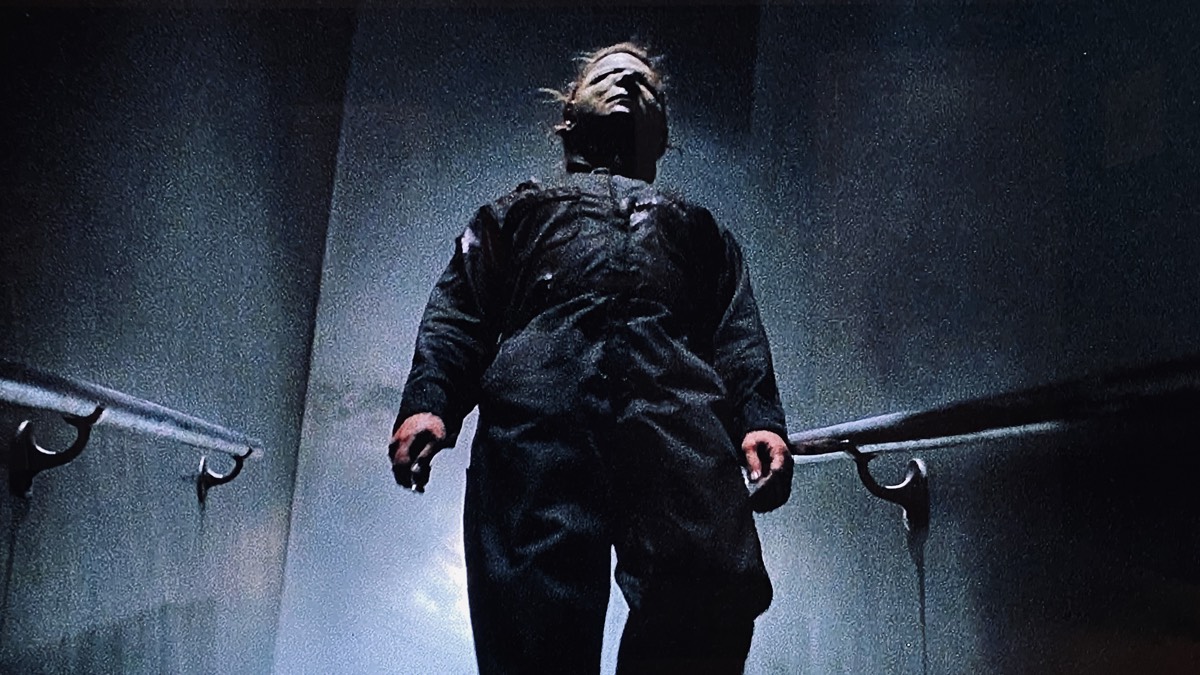
Halloween II (1981)
Director: Rick Rosenthal
The original plan was to watch Halloween Kills in the cinema, but the reviews were so awful I couldn’t bring myself to go. Instead, I went for the original sequel, Halloween II. I was surprised to see Dean Cundey’s name in the opening credits. He was cinematographer for all of John Carpenter’s early classics—Halloween, The Fog, The Thing, Escape from New York—and went on to work on massive blockbusters like Jurassic Park. I knew Halloween II was not a fan favourite, so if the script was bad, at least it would look good.
It starts with the final sequence of the original film, with Dr Loomis shooting his escaped patient, Michael Myers, and saving Laurie Strode. When Myers’ body goes missing, Loomis continues his search on the streets of Haddonfield, while Laurie is taken to hospital and sedated. But Myers wants to kill Laurie specifically because she is his sister, fostered after he killed their parents, and when he hears on the radio where she’s been taken, he stalks the hospital searching for her, killing anyone that crosses his path.
Laurie Strode seems like a less rounded character—she has no kids to look after, we don’t see her going about her day, she’s reduced to a (probably realistic) traumatised victim. The film jumps straight into the chaotic aftermath of a mass killing in a small town, which we find out is still ongoing. It’s also much darker, both literally, because there are no shots in daylight, and in its violence. Myers’s physical strength and penchant for blades and needles leads to several gruesome deaths, and in a grim aside, there’s a short scene where a mother brings her son to the hospital with a razor blade stuck in his mouth, presumably hidden in a treat. This film has a nasty streak.
But what’s wonderful about it, especially after seeing the 2018 ‘sequel’, is how much it feels like the original Halloween. Made only a couple of years later, it has the same characters, actors, and cinematographer, and even if the story is lacking in some respects, it does give a definitive ending to Laurie Strodes’ nightmare. They should have stopped here.